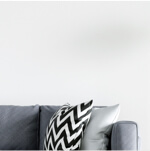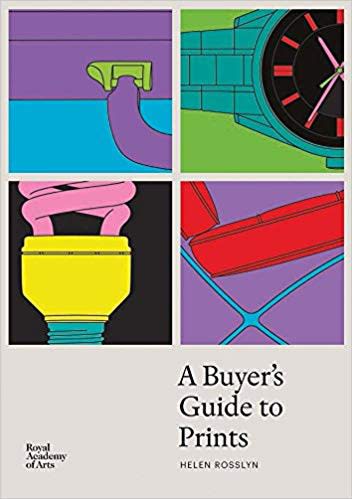Etching
Explore prints from our Exhibitors
Cornelia Parker
The Hours, 2022
Polymer gravure etching on paper
80.3 x 64.2 cm
31 5/8 x 25 1/4 in
31 5/8 x 25 1/4 in
Limited edition of 60
Signed and numbered
Tate
Stand W11
Stand W11
£ 4,500.00
Cornelia Parker has generously produced The Hours, 2022, a limited edition print to coincide with the exhibition, Cornelia Parker, at Tate Britain, 19 May – 16 October 2022. An Edition...
Cornelia Parker has generously produced The Hours, 2022, a limited edition print to coincide with the exhibition, Cornelia Parker, at Tate Britain, 19 May – 16 October 2022. An Edition of 60, each print is signed and numbered on the back.
Inspired by the techniques of pioneering nineteenth-century photographer William Fox Talbot, Parker has created The Hours, 2022, by arranging a collection of glassware on top of a chemically coated polymer plate and exposing it to ultraviolet light. The glassware casts shadows to create a photographic positive on the plate which is developed, inked and put through an etching press with paper. This method creates an illusion of depth with an ethereal effect. The areas of glassware that make contact with the printing plate are in razor-sharp focus, whilst all other areas soften and recede, the curved form of the glass captured in hazy detail. Parker started using glass objects in her print-making in 2017 when she made the photogravure series Fox Talbot’s Articles of Glass and has often revisited it since. For Parker, the interest in using glass objects with the photogravure process is the way light travels through the object to leave a ghostly impression on the printing plate. It’s part of Parker’s longstanding fascinations with the effects of light and shadow, positive and negative space, and the transformation of three-dimensional objects into flattened form.
Inspired by the techniques of pioneering nineteenth-century photographer William Fox Talbot, Parker has created The Hours, 2022, by arranging a collection of glassware on top of a chemically coated polymer plate and exposing it to ultraviolet light. The glassware casts shadows to create a photographic positive on the plate which is developed, inked and put through an etching press with paper. This method creates an illusion of depth with an ethereal effect. The areas of glassware that make contact with the printing plate are in razor-sharp focus, whilst all other areas soften and recede, the curved form of the glass captured in hazy detail. Parker started using glass objects in her print-making in 2017 when she made the photogravure series Fox Talbot’s Articles of Glass and has often revisited it since. For Parker, the interest in using glass objects with the photogravure process is the way light travels through the object to leave a ghostly impression on the printing plate. It’s part of Parker’s longstanding fascinations with the effects of light and shadow, positive and negative space, and the transformation of three-dimensional objects into flattened form.
Join Our Mailing List
* denotes required fields
We will process the personal data you have supplied in accordance with our privacy policy (available on request). You can unsubscribe or change your preferences at any time by clicking the link in our emails.




 A Buyer's Guide to Prints
A Buyer's Guide to Prints